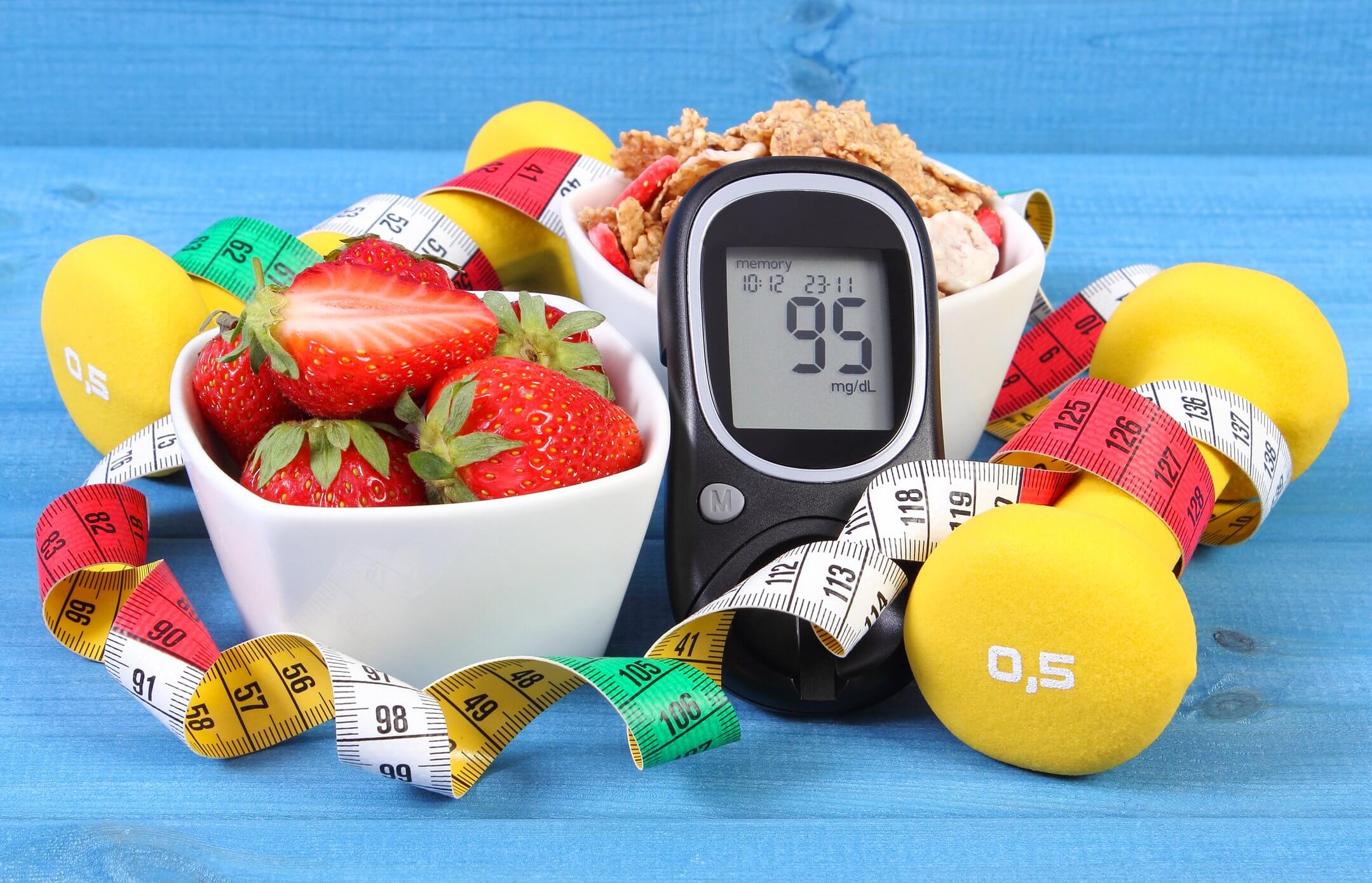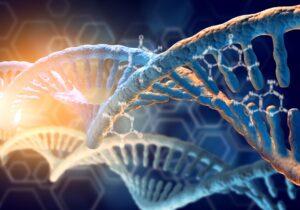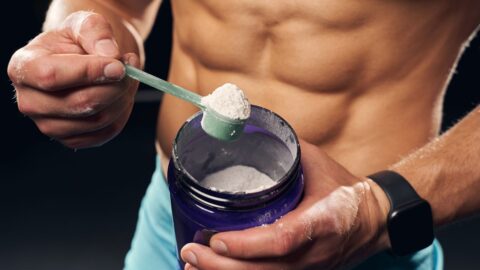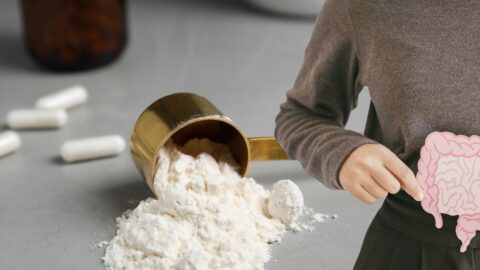The Sweet Danger of Sugar in Diabetes Control
by Vanita Dahia
Chronic and complex diseases are experienced by adults and children alike which manifests as behavioural condition like ASD in children up to auto-immune diseases in adults.
Where do these diseases originate?
Is it too many calories in and too few out leading to the obesity epidemic? Eating excess calories (energy) contributes to weight gain. Being overweight or obese increases the risk of chronic health problems like high blood pressure, type 2 diabetes and heart disease.
Does obesity indicate diabetes risk?
Not necessarily as you could be obese but not diabetic.
China has a 12% diabetes and they are not fat whereas Americans are pretty big but have a 9% diabetes rate.(1)
Obesity is increasing globally at 1% per year, while diabetes is increasing globally at 4% per year. How can we explain this rapid increase?
Many obese people have metabolic issues like high blood pressure, diabetes, cardiovascular issues and high cholesterol.
Obesity therefore can be considered as an underlying driver of diabetes and metabolic syndrome.
But sugar is natural
Sugars are carbohydrates that occur naturally in foods used by the body for energy. Simple sugars are called monosaccharides and include glucose (also known as dextrose), fructose and galactose.
Our table sugar is sucrose. There are many types of sugars derived from sugar cane like raw, jaggery, brown; these differ in its processing.
Plant sugars are now gaining notoriety include stevia, sugar alcohols, monk fruit, allulose, date, applesauce, yacon syrup, honey, maple syrup, molasses.
Thus, replacing refined sugar with some of the plant derived sweeteners may reduce your risk of diabetic disease.
The World Health Organization (WHO) recommends that ‘free’ sugars make up no more than 10% of daily calorie intake to prevent unhealthy weight gain and dental caries.(2)
In a child study, the removal of added sugars from the diet showed an improvement of their metabolic health, with no change in weight. Blood pressure, triglycerides, low density lipoprotein (LDL), insulin sensitivity and glucose tolerance all improved, and on the same number of calories and without weight loss, just by removing the added sugar – and in just 10 days! (3)
In other words, just dump the added sugar!
The rise of blood sugar when a good night’s sleep is a struggle
Blood sugar levels rise with insomnia. Adults reporting five hours of sleep or less per night were 2.5 times more likely to have diabetes compared to those who slept the recommended seven to eight hours per night. (4)
Insomnia is associated with an increased risk of type 2 diabetes in the clinical setting
Sleep deprivation may lead to increased activity of the sympathetic nervous system (the fight or flight response), which in turn negatively affects several hormonal pathways including glucose metabolism.
Blurry and foggy eyes
Noticed that vision is deteriorating? You may have a blood glucose problem. If you suffer with insomnia, you may find yourself in a fog with respect to energy, focus and vision.
Is Sugar the new Alcohol?
Alcohol is rich in sugar, ferments, and calories and is addictive. Alcohol is essentially toxic to the body as it’s loaded with calories and rich in sugar. Fermented sugar in alcohol literally fries the liver, so the liver needs to work much harper at detoxifying the toxins.
Miracle foods to manage sugar cravings and diabetes
Ancient cultures used simple culinary spices and foods to manage glucose intolerance.
One notable spice is Cinnamon. This plant plays a vital role as a spice in cooking, but its constituents also mean it is antimicrobial, antifungal, antioxidant and antidiabetic. Cinnamon has been used as an anti-inflammatory, antiemetic, insecticidal, antimycotic and anticancer agent.
Cinnamon modulates hepatic glucose metabolism through changes in pyruvate kinase (PK) and phosphenol pyruvate carboxikinase (PEPCK).
In a clinical trial, 2g of cinnamon a day for 12 weeks alongside regular medication for type 2 diabetes, significantly reduced glycated HbA1c, as well as diastolic and systolic blood pressure compared to placebo.(5)
Another vegetable commonly found in our stores is Bitter Melon (Momordica), known for its nutritional value and maintaining normal blood sugar levels.(6)
Imagine waking up one morning blind in the eyes or losing your toes because of diabetes. Type 2 diabetes is a world-wide epidemic which marries up with obesity.
Excessive sugar consumption is impacting the public health system. There are many advances in early diagnosis of diabetes and combination therapies in Type 2 diabetes for glucose control.
Achieve good glycaemic control and reduction of risk factors by:
- Debunking current popular myths around sugar being the root cause of type 2 diabetes
- Connecting the dots between diabetes and fibre, alcohol, genetics and diet
- Correlating the inter-connectedness between blood sugar and eye disease or chronic kidney disease
Educational Webinar
The Sweet Danger of Sugar in Diabetes Control
What you will learn:
- How big is the sugar and diabetes problem?
- Understanding the glycaemic index
- New advances in diagnosing diabetes way before it starts
- Where is the sweet spot in diabetes?
- Can diabetes be reversed?
- How to manage diabetes conventionally and naturally
Test for Diabetes, Glucose Intolerance, Insulin Resistance
Test for Diabetes, Glucose Intolerance, Insulin Resistance
Remember my website is a wealth of information with many supporting resources and tools. Once you’ve finished watching this video, I encourage you to browse the following zones for an extensive range of complimentary resources.
Anti-Candida Diet by Bioconcepts
Fasting as a Curative Diet by Bio-Practica
References
- Basu S, Yoffe P, Hills N, et al. The relationship of sugar to population-level diabetes prevalence: an econometric analysis of repeated cross-sectional data. PLoS One 2013;8(2):e57873.
- https://www.foodstandards.gov.au/
- Gugliucci A, Lustig RH, Caccavello R, et al. Short-term isocaloric fructose restriction lowers apoC-III levels and yields less atherogenic lipoprotein profiles in children with obesity and metabolic syndrome. Atherosclerosis 2016;253:171-177.
- BMJ Open Diabetes Research and Care 2018;6:e000604. doi: 10.1136/bmjdrc-2018-000604
- Akilen R, Tsiami A, Devendra D, et al. Glycated haemoglobin and blood pressure-lowering effect of cinnamon in multi-ethnic type 2 diabetic patients in the UK: a randomized, placebo-controlled, double-blind clinical trial. Diabet Med 2010;27(10):1159-1167.
- Liu Z, Gong J, Huang W, Lu F, Dong H. The Effect of Momordica charantia in the Treatment of Diabetes Mellitus: A Review. Evid Based Complement Alternat Med. 2021 Jan 16;2021:3796265. doi: 10.1155/2021/3796265. PMID: 33510802; PMCID: PMC7826218.




